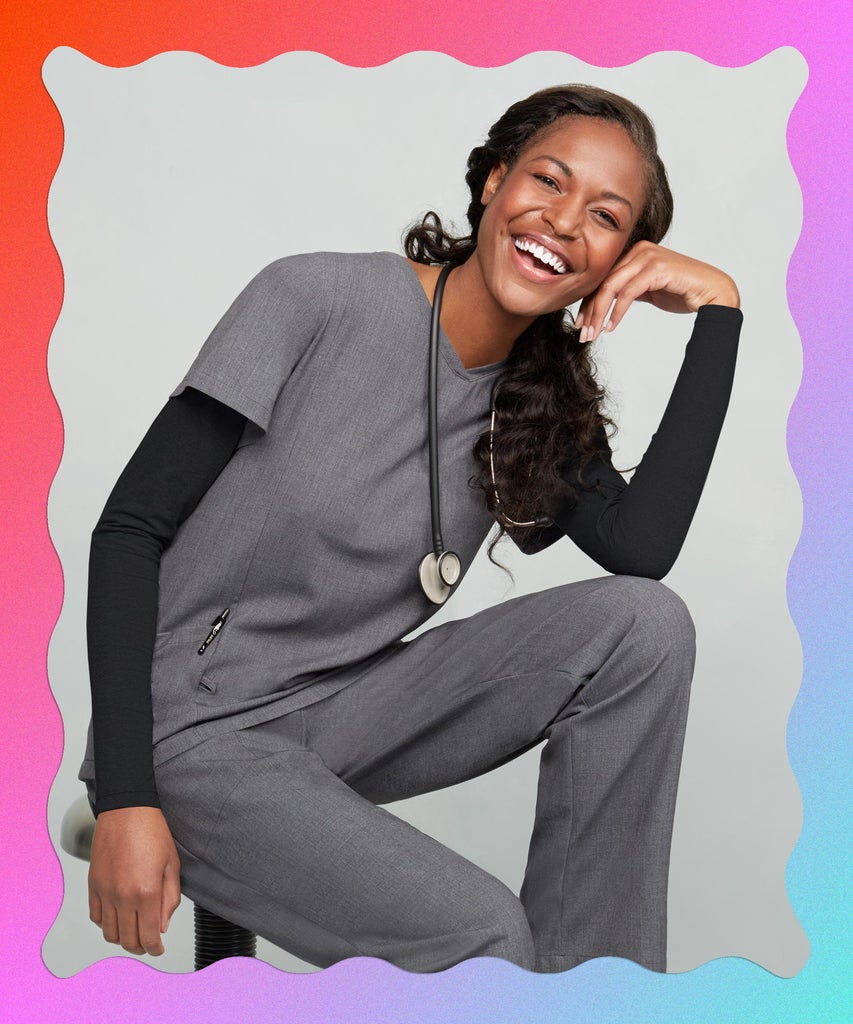When we talk about sustainability in Hollywood fashion, we usually only focus on the red carpet. But there’s an overlooked piece of the industry that can be even more wasteful: costuming. According to Sinéad Kidao, who’s worked in the costume department of film projects like Small Axe and Little Women, the amount of energy that goes into outfitting actors on a single project can be massive. She told fashion sustainability agency Eco-Age that “on any given project [costume designers] buy or make more clothes than the average person will own in a lifetime,” a fact that was confirmed by the various industry professionals I interviewed for this story.
If Hollywood produces over 700 films every year, and the average person will own more than 3600 clothing items in their lifetime, then the movie industry will send over 2.5 million garments into fashion limbo after production is wrapped. In an industry dominated by best practices, union regulations, and strict protocols, there is a surprising lack of universal standards around costuming to ensure that these sustainable practices are applied to every Hollywood production set.
It’s important to note that movies backed by large production companies usually rely on costume warehouses that hold pieces from past sets that can be reused. Phoenix Mellow, a costume designer for projects like Sylvie’s Love and Black Panther, highlighted the sustainability opportunities within this resource: “[They’re] great because you can reuse pieces for different needs and anybody can go in there to get a great head-to-toe costume for any era,” she said. However, if the production is not backed by a large production company or is not set in L.A. or N.Y.C., it can be difficult to have access to these warehouses. Even when costume designers can pull from costume rental houses, sometimes the options cab be limited which leads many to source clothing from vintage and contemporary stores, pull samples from brands or collaborate with them on designs, or create costumes from scratch.
For many productions set in the present-day, costume departments often rely on Amazon or fast fashion stores to outfit extras because the clothing is inexpensive and arrives quickly. According to Bobbi Luther, a producer who has worked in Hollywood for 20 years, fast fashion is considered invaluable: “[It’s an] asset to a costume designer because of fast casting.” Extras sometimes go to costume fittings just a few days before production begins. Moreover, costume departments often buy in bulk because they may not know the exact sizing for characters on set. They return items that don’t fit, but it’s been reported that these items are sometimes never restocked, and are thrown away or burned instead.
Mellow suggests that if more costume warehouses, which typically only carry older styles, held ‘90s to current clothing, fast fashion shopping would be reduced. “If you think about that, 30 years of clothes are sitting at the Goodwills and other places. I would love to see costume houses start collecting these brands from the ‘90s on for us to reuse,” she said. Beyond that, establishing costume warehouses in more cities like Atlanta, New Orleans, and Seattle would go a long way in offering local sustainable options for costume departments.
Once on set, cleaning garments can quickly add up. Due to union laws, clothing has to be cleaned at least weekly — sometimes more often. Earth Angel, a full-service green production partner that helps create eco-friendly sets, recommends using “Energy Star washing appliances and cold water” to reduce energy use. Some productions even carry washing logs to calculate their water consumption. The more special garments have to be dry-cleaned rather than washed, which releases harmful PCE solvents into the environment. Recommendations for alternatives include PERC-free dry cleaning and wet cleaning.
Then comes the aftermath: Where do costumes go after production ends? Any of the custom pieces that big production companies own will end up going back to their costume houses so they can be checked out and borrowed again for other projects. Some clothing ends up in dead storage in case there is another season/another movie. Organizations such as Earth Angel work to donate the remaining items to local organizations and recycle any scraps. “We implement textile recycling programs for all the productions we work with. Always the first priority is donating any reusable clothing items, anything that can have a second life,” founder and CEO of Earth Angel Emellie O’Brien stated.
In the absence of sustainability standards, companies like Earth Angel are working with productions to create greener sets on a case-by-case basis. O’Brien highlighted how sustainability efforts have to be just as easy and obtainable as other methods. “[Sustainable options] have to be part of the infrastructure. It has to be just as easy as picking up the phone and calling that one vendor that they used to call all of the time. And it will show up tomorrow. It’s got to be like that,” she said.
For sustainability practices to be standard in the industry, there needs to be more oversight and requirements from top industry professionals. Luther proposed that a solution could come from local film commissions. “[If] I get a call on a Friday that somebody wants to hire me to do a job and it’s in the middle of the country in Oklahoma, I don’t know what’s there. I don’t know what kind of practices are there. If it starts from the local level with film commissions creating infrastructure for out of towners to know how they can participate and make their community greener, that would be an ideal solution for out of town productions to start at the local level.”
Like what you see? How about some more R29 goodness, right here?
Sustainable Fashion Should Look Like My Basement
How Far Away Are We From Downloading Our Clothes?
Why Are Brands Claiming: “We Are Not Sustainable?”


